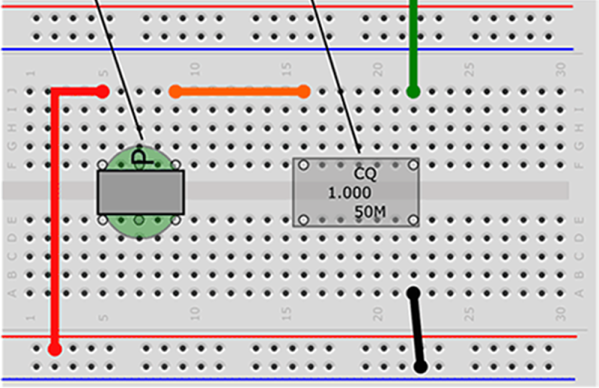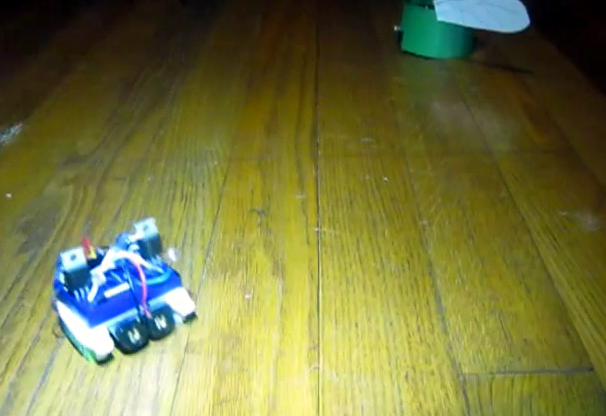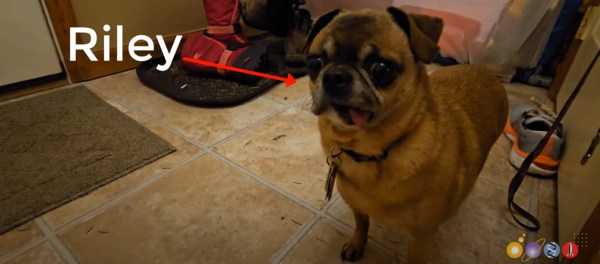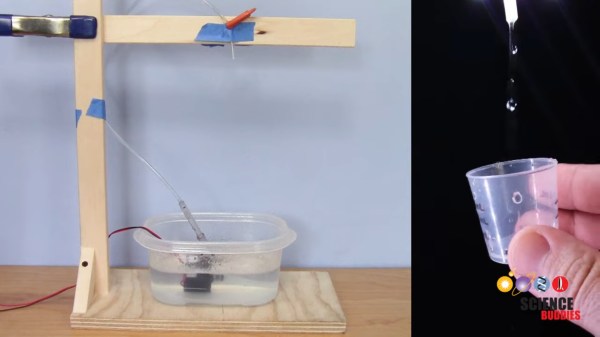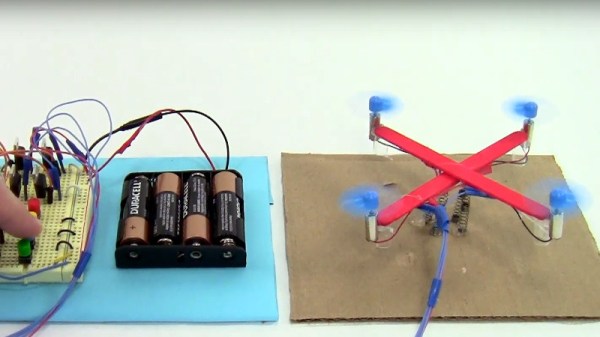For nearly 90 years, American Science and Surplus has been shipping out weird and wonderful stuff to customers far and wide. In the pre-Internet days, getting their latest catalog in the mail — notable for its hand-drawn illustrations and whimsical style — was always exciting. From Romanian gas masks to odd-ball components, there was no telling what new wonders each issue would bring. In time, the printed catalog gave way to a website, but the eclectic offerings and hand-drawn images remained.
 Unfortunately, those days are officially no more. Earlier this week, American Science and Surplus had to make the difficult decision to shutter their entire mail order division. It’s no secret that the company as a whole had been struggling over the last few years. Like many small businesses they were hit hard during the COVID-19 years, and while they made it through that particular storm, they faced skyrocketing operational costs.
Unfortunately, those days are officially no more. Earlier this week, American Science and Surplus had to make the difficult decision to shutter their entire mail order division. It’s no secret that the company as a whole had been struggling over the last few years. Like many small businesses they were hit hard during the COVID-19 years, and while they made it through that particular storm, they faced skyrocketing operational costs.
Earlier this year, the company turned to crowd funding to help stay afloat. That they were able to raise almost $200,000 speaks to how much support they had from their community of customers, but while it put the company in a better position, the writing was on the wall. The warehouse space required to support their mail order operations was simply too expensive to remain viable.
But it’s not all bad news. At least two of the company’s physical storefronts, located in Milwaukee, Wisconsin and Geneva, Illinois will remain open and operate under the ownership of the employees themselves. The fate of the third store in Park Ridge, Illinois is less clear. They currently don’t have a buyer, but it sounds like they haven’t given up hope of selling it yet.
Anyone in the Illinois area feel like getting some buddies together and buying a turn-key surplus business?


